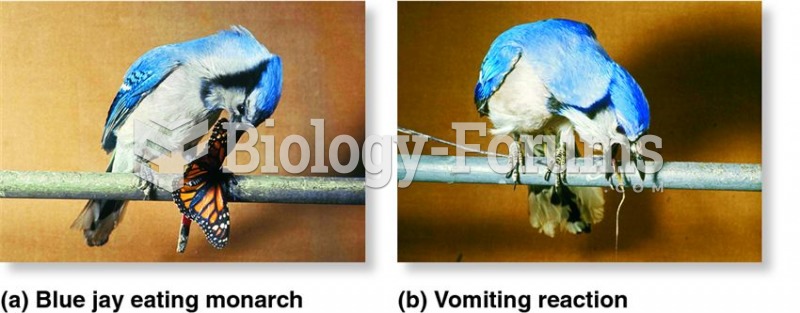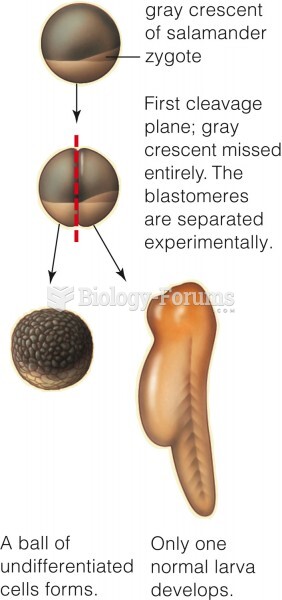Was the showup identification evidence admissible at Herrera's carjacking trial?
A man on a bicycle approached Benjamin Valentin after midnight while Valentin sat in his car waiting for traffic to pass. The man punched Valentin to unconsciousness. When Valentin came to his car was gone. Valentin described his assailant to police as a Hispanic male, about 5'7, with a husky build, and a scar on his face, who was wearing something white and red. Carmello Herrera was taken into custody to administer a Breathalyzer test at about 1:00 a.m. after being found intoxicated next to a damaged vehicle in the roadway with the front passenger side tire missing. The damaged car was discovered to be Valentin's. A showup was arranged at about 2:50 a.m. at a hospital where Herrera had been taken; Valentin was told by police that his car was recovered and they wanted him to identify somebody found in it. As soon as Valentin entered the hospital emergency room he identified Herrera, who was about six feet away, as the man who had attacked him. The other persons in the emergency room were two police officers and nurses.
What will be an ideal response?
Question 2
James Oliveira, was arrested on charges of sexually molesting his six-year-old grandson. The state filed a complaint against him on August 13, the day on which he was presented in District Court,
referred to the Public Defender's Office, and held without bail. On October 29 he was indicted on two counts of first-degree child molestation. Laurie Moriarty, a Department of Children, Youth and Families (DCYF) child protective investigator, was assigned to the child's case. The DCYF, by law, investigates all child abuse allegations. The goals of a DCYF investigation are to determine the validity of reported allegations and to assure the safety and well-being of children. It is DCYF policy that investigators interview each involved adult, including alleged perpetrators. It is also DCYF protocol to work in conjunction with law enforcement personnel. On August 24, Moriarty went to the Child Advocacy Center where she interviewed the boy and his mother, and met with the detectives and prosecutor in this case. She was informed that there was enough evidence to press charges against Oliveira. The next day, August 25, Moriarty went to the jail and interviewed Oliveira. She did not ascertain whether he was represented by counsel. During the jail interview Oliveira admitted that he sexually molested his grandson. At trial, after refreshing her memory by reviewing her report, Moriarty told the jury what the defendant told her, which included details of the sexual acts. Oliveira was convicted.
(1) When did Oliveira's Sixth Amendment right to counsel attach? (2) Was Moriarty a state officer for purposes of enforcing Oliveira's rights under Massiah v. United States (1964) and Maine v. Moulton (1985)?
What will be an ideal response?







